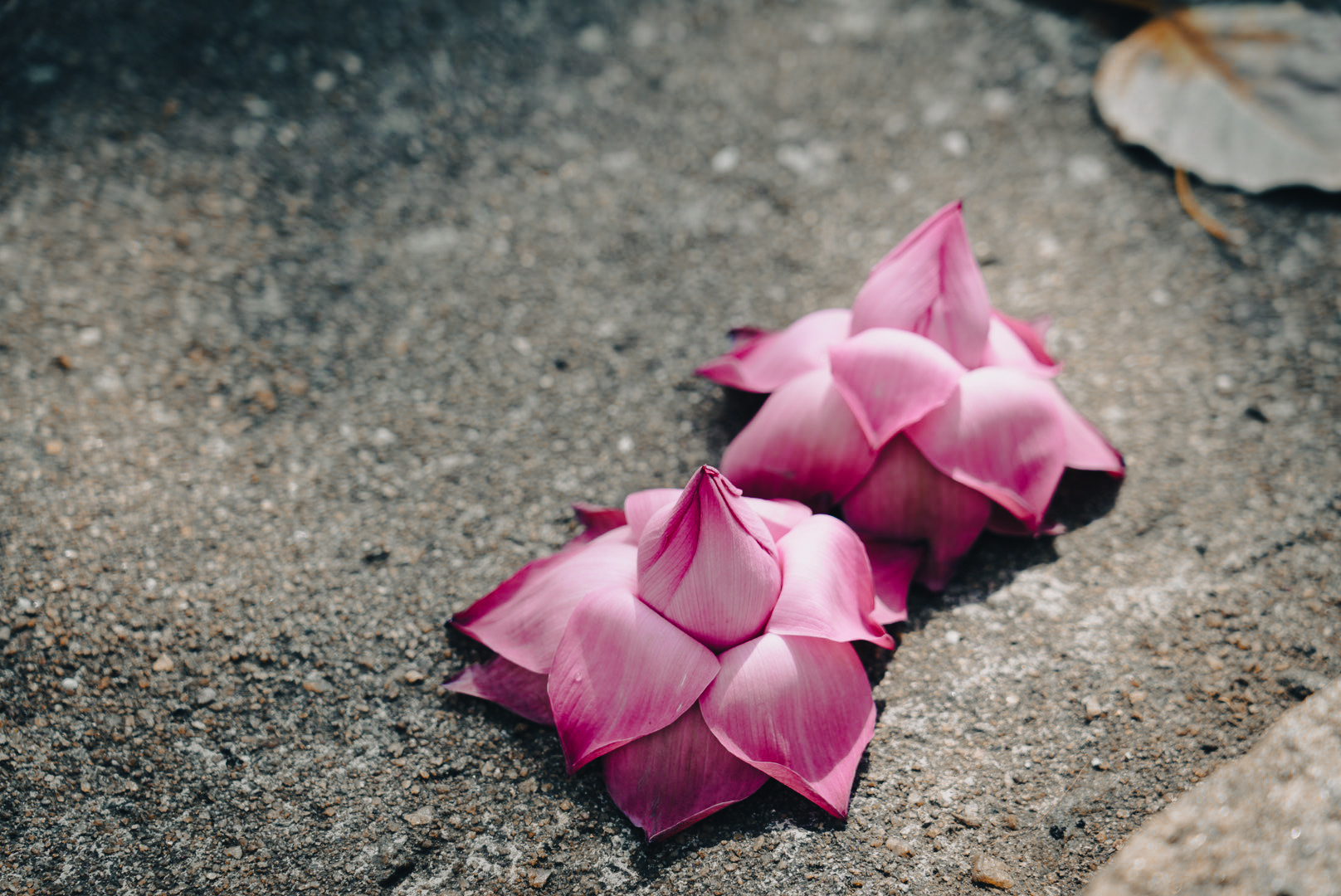Sport as metaphor: how vadam vali illustrates Kerala’s future
On a humid afternoon in rural Kerala, a crowd gathers on either side of a wide, dusty clearing. Two teams grip a thick rope, waiting for the signal. A whistle blows. Cheers erupt. The rope tightens and dust flies. This is vadam vali, Kerala’s traditional tug-of-war, and it’s far more than a village pastime. It’s celebration, strength, and story all twisted into a single contest.
But the tension doesn’t stop at the edge of the field.
Today, India faces a much higher-stakes vadam vali—not between local rivals, but between two forces pulling at the future of its agriculture: one rooted in sustainability and tradition, the other in intensive, often harmful, industrial practices. And just like in the tug-of-war games played during Onam or temple festivals, the outcome depends on strategy, teamwork, and knowing when to hold fast or when to shift direction.

Tug-of-War: A Tradition Anchored in Soil
In Kerala, tug-of-war is more than a sport. It’s a communal ritual seen during harvest celebrations, temple festivals, and school sports days. The traditional coir rope used is a product of the land—made from coconut husk fiber, an age-old industry in the state. Each team, often representing neighboring wards or villages, pulls not only with their bodies but with collective pride.
The game is straightforward—two teams pull on opposite ends of a rope until one is dragged across a center line. But in many local settings, vadam vali is more than strength: it requires rhythm, coordination, and spiritual alignment. Some communities perform a brief puja before the game, honoring local deities or ancestors, asking for strength, fairness, and community blessing.
Tug-of-war in Kerala is a metaphor already at work: a test of balance and resolve, played out on the very soil that sustains life.
The Agricultural Tug-of-War
Across India, agriculture has long been caught in its own tension—between traditional, sustainable methods and modern, high-yield techniques. The modern farming revolution that began in the 1960s undoubtedly increased food production, especially in cereals like wheat and rice. But it also introduced a dependency on chemical fertilizers, pesticides, monoculture cropping, and heavy irrigation—all of which have taken a toll on both farmers and the environment.
In Kerala, the lush, rain-fed Western Ghats contrast sharply with the dry plains of the north, yet the pressures are the same: overworked land, depleting soil health, declining biodiversity, and mounting debt. Meanwhile, climate change is pulling hard on the rope—flooding one year, drought the next.
On the other side, sustainable practices—like organic farming, permaculture, and indigenous seed saving—are attempting a comeback. Organizations across Kerala and southern India are reintroducing age-old methods that respect the land: intercropping, composting, community seed banks, and pest management using natural means.
But these efforts face pulls in the other direction: smaller yields (at least at first), market access issues, and lack of government incentives. The tug-of-war is real.
Lessons from the Rope
The visual of a rope pulled in opposite directions is more than poetic—it’s instructive. In tug-of-war, if both teams pull blindly, the match becomes a stalemate or worse, ends in injury. Victory often comes from knowing when to resist and when to adapt, from observing the opponent’s rhythm, and from working in coordinated unity.
This is the balance India must seek: integrating innovation without uprooting sustainability.
For instance, precision agriculture technologies can enhance traditional practices when used wisely. Likewise, reintroducing traditional rice varieties (like Kerala’s famed njavara or kaima) can reduce chemical dependency while preserving cultural heritage. Farmer cooperatives and women-led initiatives are already showing how hybrid models can thrive, blending ancestral wisdom with modern tools.
Kerala’s Example: A Pull Toward Community
In Kerala, the tug-of-war metaphor is more than useful—it’s embodied. The state has long been a model for community-centered development, thanks to its decentralized governance, literacy programs, and public health initiatives. That same community spirit is key to transforming agriculture.
Across the state, organic farmers' markets, panchayat-led farming schemes, and school kitchen gardens are rising. These are small tugs—but enough of them, in coordination, can shift the center of gravity. In some districts, rice farmers have returned to using traditional manure and rotating crops, improving yields and restoring soil health.
And the rope? It’s still there—sometimes fraying, sometimes taut—but with enough hands pulling in sync, the momentum can change.
The Final Pull
Every vadam vali ends the same way: someone wins, someone learns, and everyone comes together afterward to laugh, eat, and prepare for the next round. That spirit of resilience, adaptation, and unity is what Indian agriculture needs now more than ever.
Kerala’s tug-of-war isn’t just a game. It’s a mirror—a playful yet powerful reminder of the strength we find in tradition, the tension we navigate in change, and the choice we face in how we treat our land.
Because in the real tug-of-war for India’s agricultural future, the victory won’t go to the strongest—but to the most rooted.